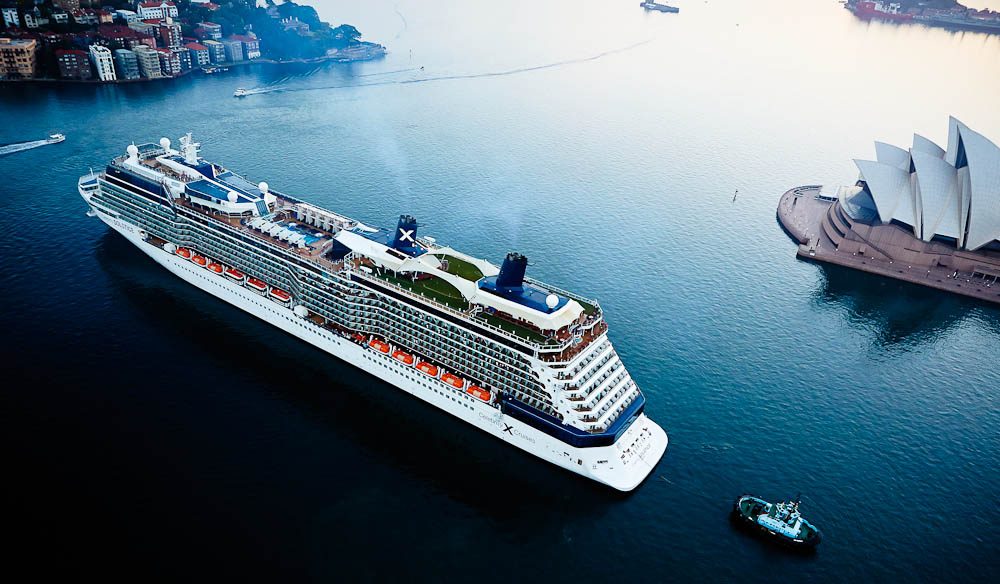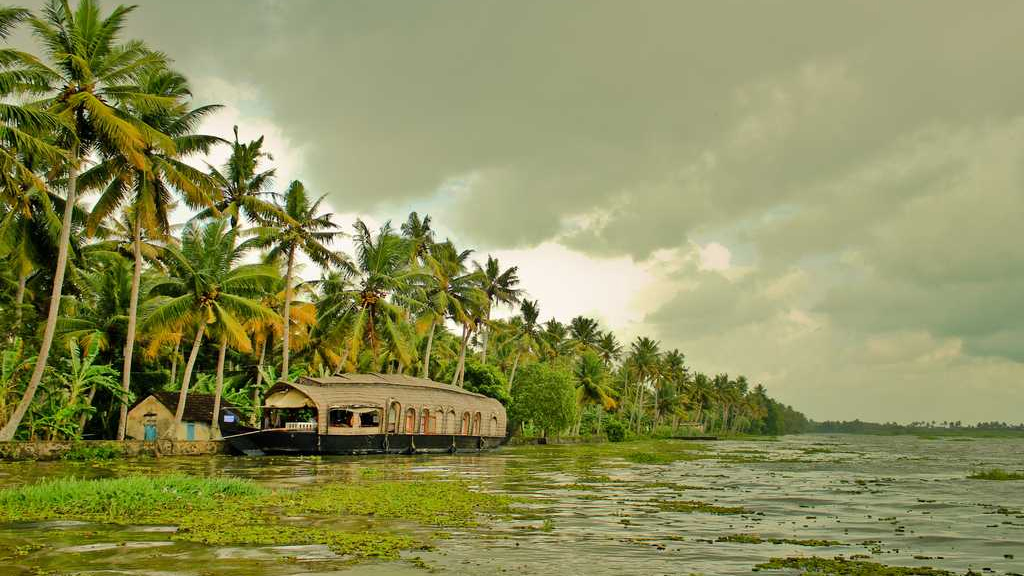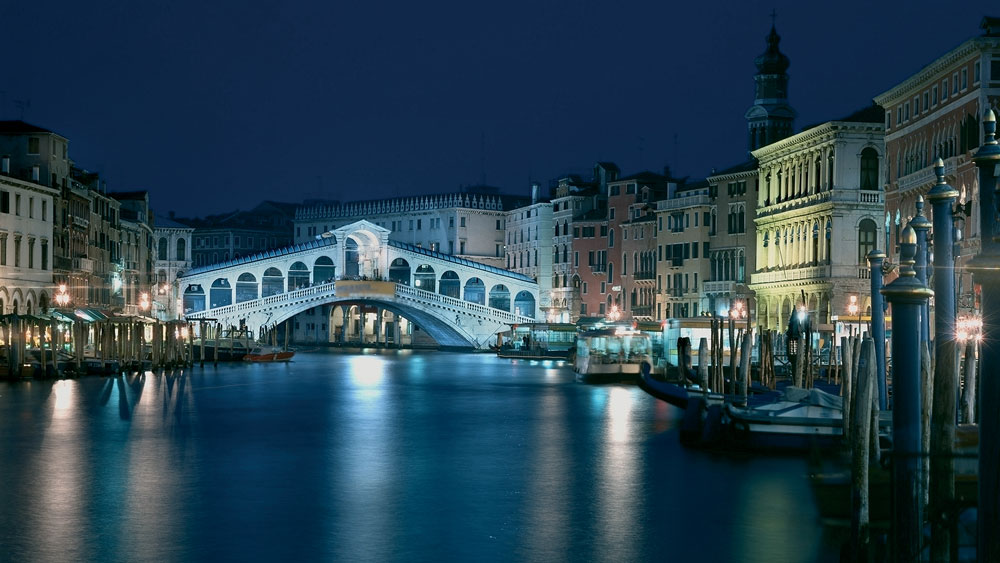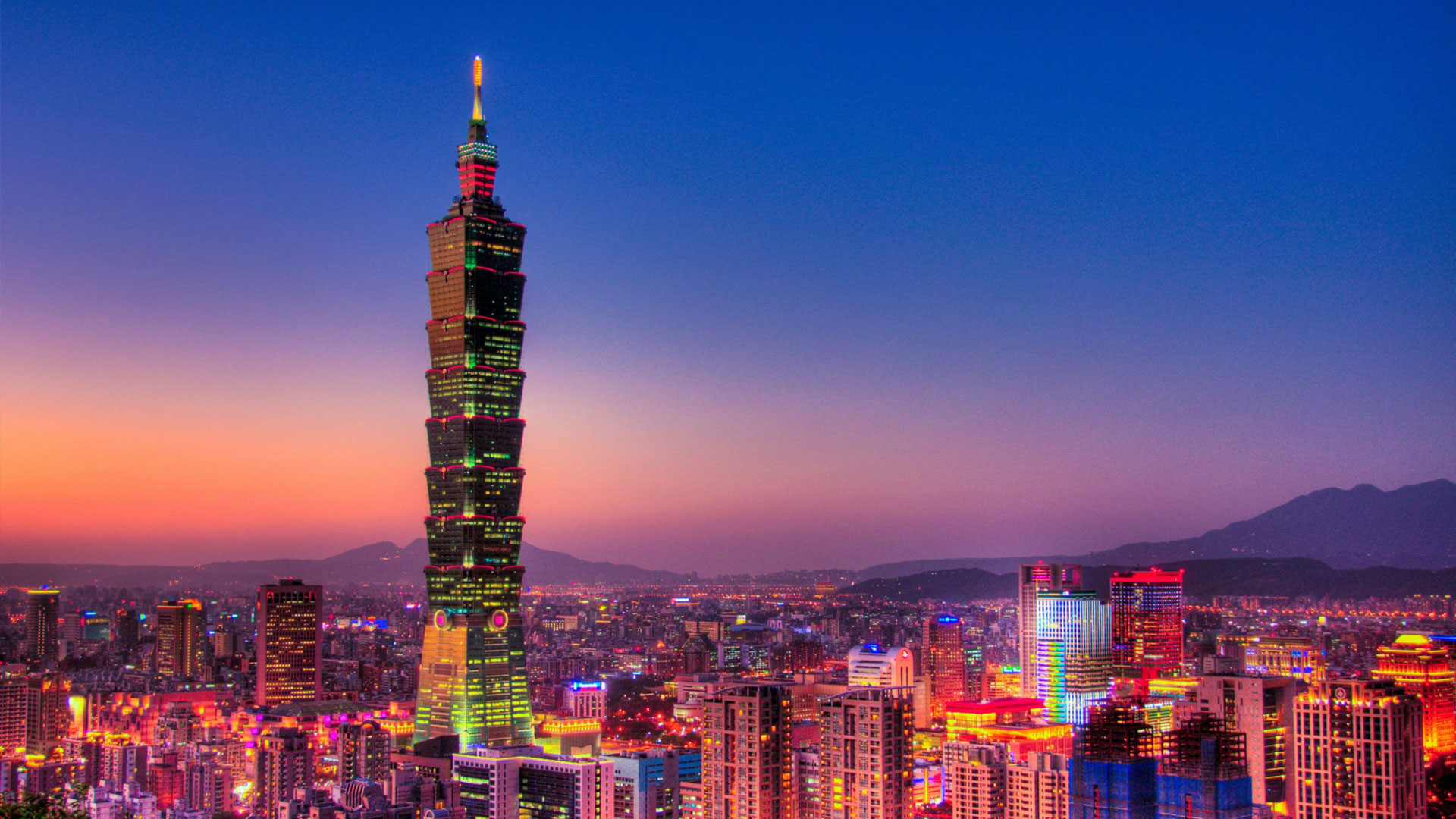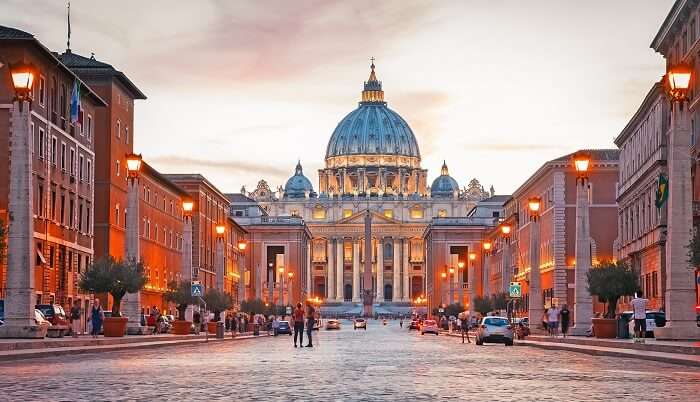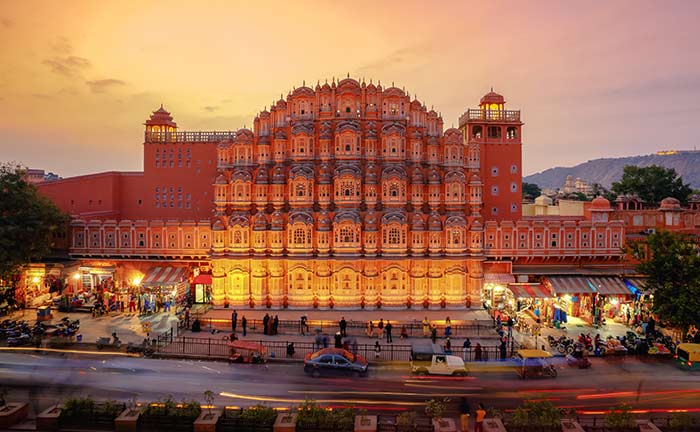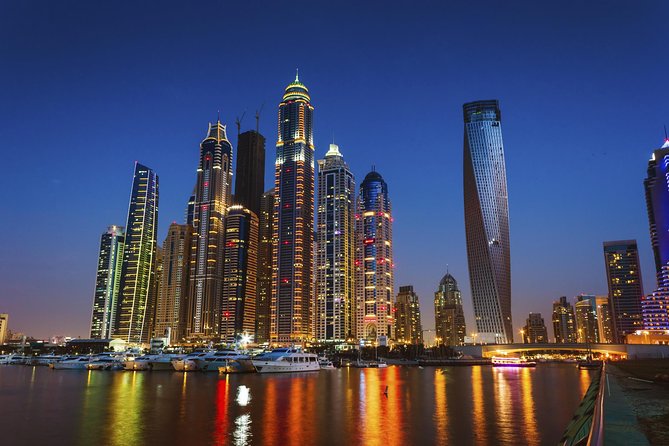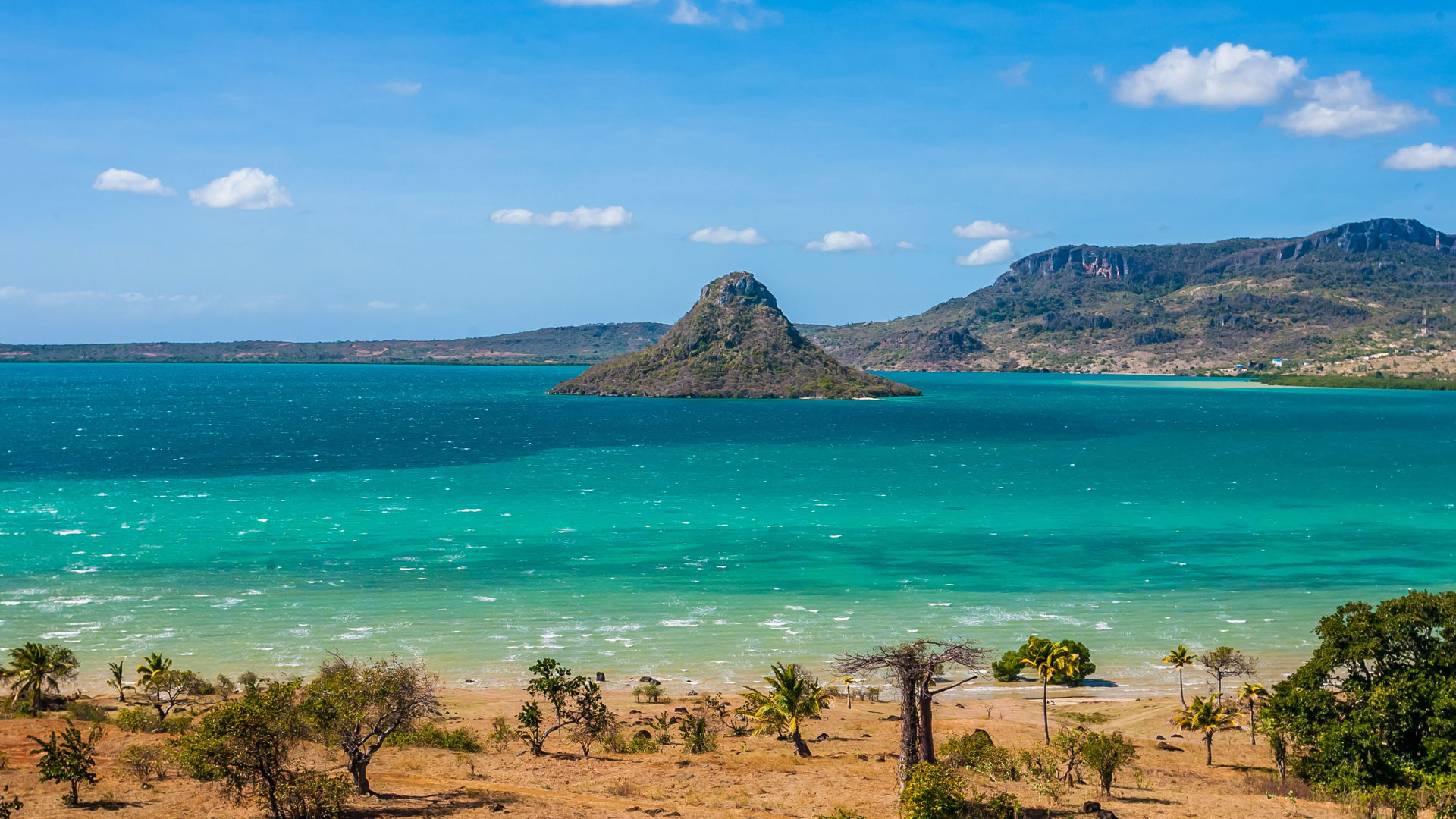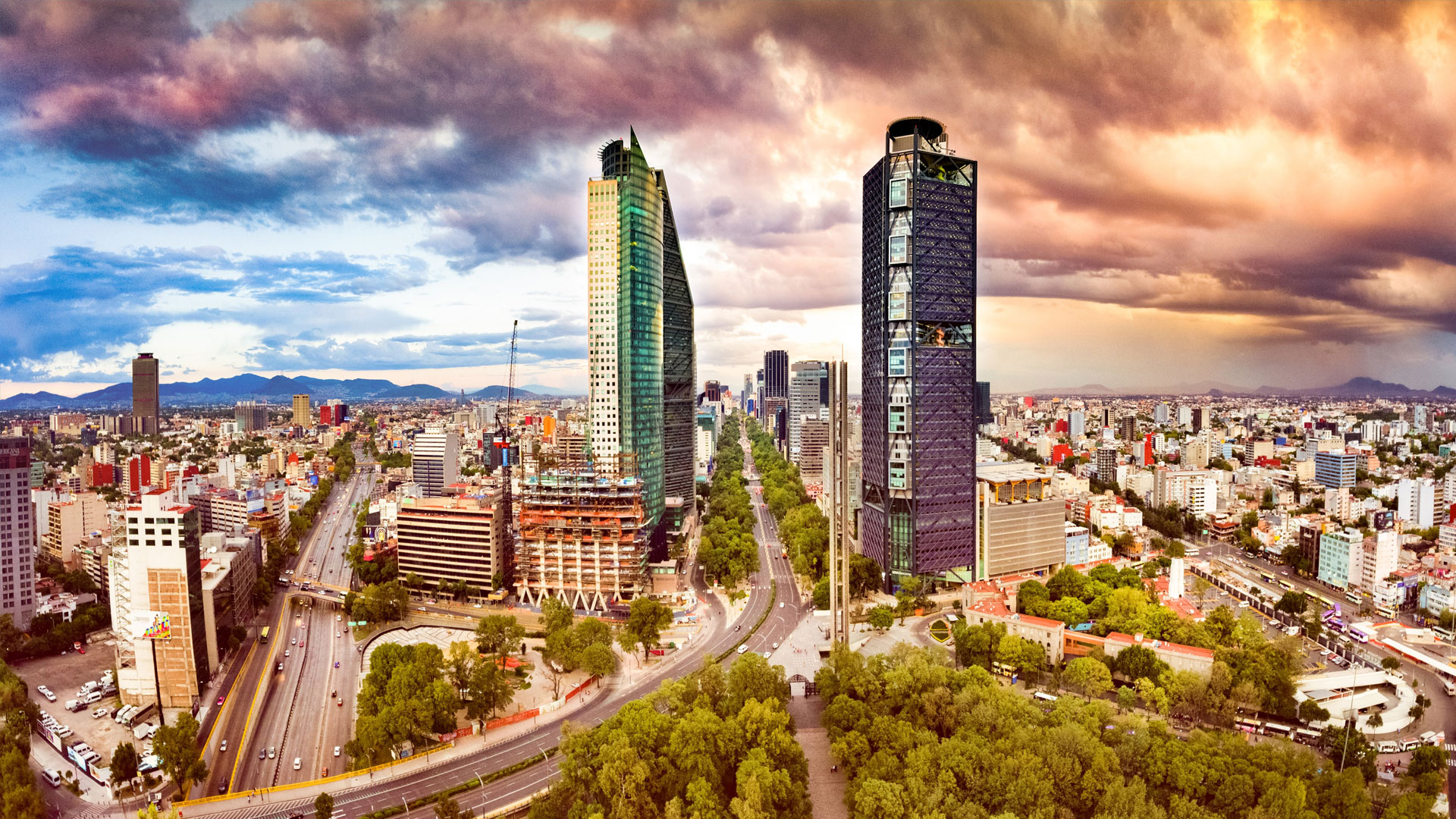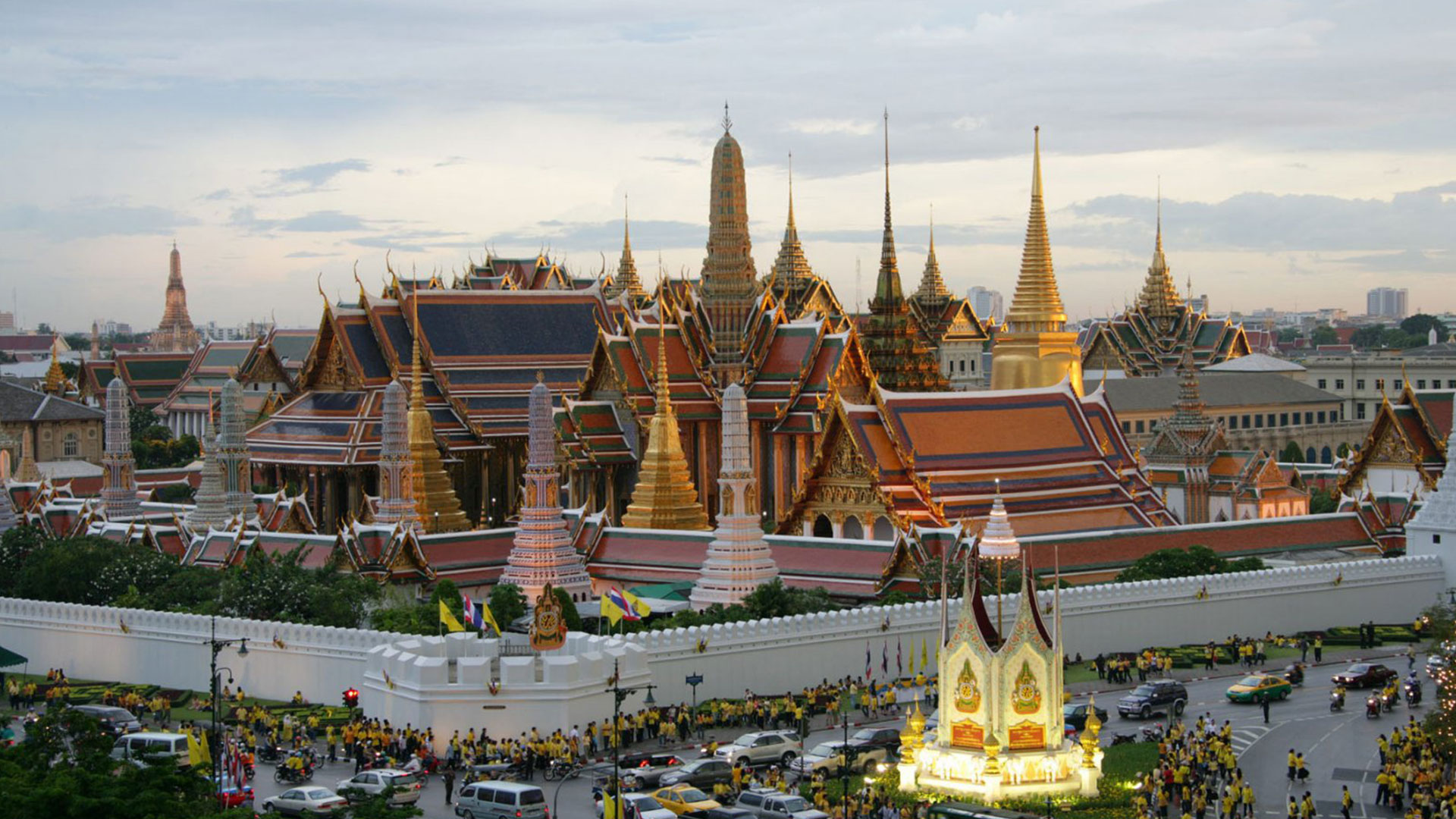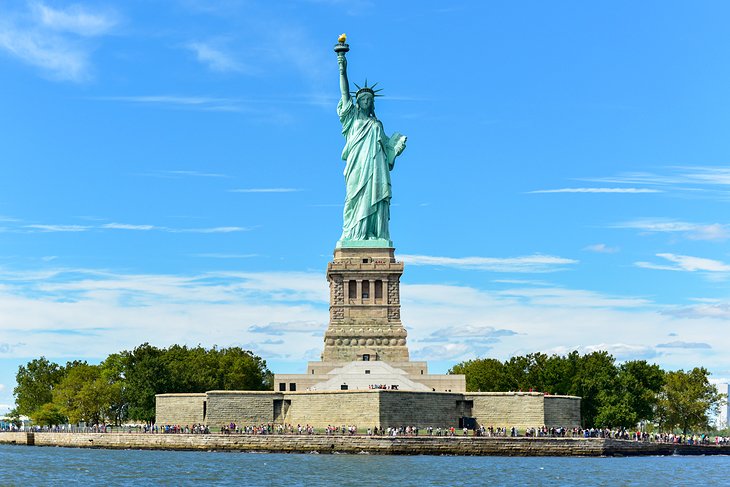
Day 1 Tokyo
Arrival to Tokyo’s airport, one of our representatives will be waiting to assist the family with transport into the city and officially the Tokyo Metropolis is the de facto capital and most populous prefecture of Japan. Located at the head of Tokyo Bay, the prefecture forms part of the Kantō region on the central Pacific coast of Japan's main island of Honshu. Tokyo is the political and economic center of the country, as well as the seat of the Emperor of Japan and the national government. As of 2021, the prefecture has an estimated population of 13,960,236.] The Greater Tokyo Area is the most populous metropolitan area in the world,After reaching the hotel and checking in, the remainder of the day is free at leisure.Latar evening dinner and Overnight in Tokyo .

Day 2: Tokyo
After breakfast proceed alongside the guide to Asakusa, one of Tokyo’s shitamachi (old towns) where a traditional atmosphere still lingers in the air. The first stop isSenso-ji, the most famous temple in Tokyo. The guide will explain some basic temple customs, from purifying the hands to praying and paying respect to ancestors. In the small stalls nearby, get a chance to try some Japanese snacks before moving onto the next destination.A short walk from the temple is Kappabashi, the so-called Kitchenware Town lined with dozens of specialized stores for knives, Japanese tableware, and even food replicas. Try the art of crafting plastic replica food in one of the specialty shops, an interesting souvenir to take home Around noon, stop by one of the local restaurants for lunch. Although there’s a variety of food to choose from, Asakusa is particularly known for its delicious tempura. Continue on alongside the guide to one of the city’s many pet establishments. These unique shops have quickly become a hit for many reasons, one being they’re a good place to relax and relieve stress. In the afternoon, embark on a river cruise to Odaiba, a man-made island with a stunning view of the city and its futuristic buildings. Conclude the tour with a ride on a giant Ferris wheel, enjoying the view of Tokyo from up high. Overnight in Tokyo.

Day 3 Tokyo - Yokohama
After breakfast proceed to the international port city of Yokohama, a popular out-of-town destination from Tokyo for its proximity and laid back atmosphere. Visit Hara Model Railway Museum, home of the largest model train collection in the world. Model trains are fascinating to kids of all ages, and a visit to this museum is like a miniature trip around the world. Next on the list is the Cup Noodle Museum, revealing the unique history behind this Japanese invention known around the world. Yokohama is the second-largest city in Japan by population[1] and the most populous municipality of Japan. It is the capital city of Kanagawa Prefecture. It lies on Tokyo Bay, south of Tokyo, in the Kantō region of the main island of Honshu.There are fun and interactive workshops, including the Cup Noodle Factory where kids can create their own cup noodle. For lunch, head to the Noodles Bazaar and try the noodles from eight different countries.Within walking distance from the museum is Yamashita Park, the first seaside park in Japan that opened in 1930. Take a stroll to nearby Osanbashi Pier, a beautiful open space where the kids can run freely surrounded by views of Yokohama. End today’s tour on a short boat ride from the park to Yokohama Station, taking the train back to Tokyo. Overnight stay in Tokyo

Day 4 Kanazawa
After breakfast proceed to Kanazawa, train journey to Kanazawa via shinkansen (bullet train). the castle town that thrived as the center for culture and the arts in the 17th century. Start with the pristine Kenroku-en Garden, which is ranked as one of Japan’s top three gardens. The garden is home to the oldest water fountain in the country, a couple of teahouses, and a large villa that used to be the retirement home of one of the richest clans in Kanazawa. Adjacent to the garden is Kanazawa Castle, easily accessed through the Ishikawa-mon Gate. Lunch will be inside Omicho Market, known throughout Japan for its fresh seafood and fine sushi. The guide will introduce a local restaurant where some fine local cuisine can be sampled. After lunch, the children might be craving for something sweet, so head to Morihachi, an artisan sweets shop that has been around for almost four centuries. Learn how to use wooden molds in making traditional Japanese sweets that are usually served in tea ceremonies.Finally, head across town to the old Samurai district of Kanazawa and visit Nomura House, a restored residence of a high ranked samurai family. Freshly made green tea can be enjoyed on the second floor while viewing the small Japanese garden below. Overnight in Kanazawa

Day 5 Kanazawa
After breakfast proceed to 21st Century Museum of Contemporary Art The museum known for its progressive architecture and ever-changing exhibits. One of the permanent artworks in the museum is Leandro Erlich’s “Swimming Pool,” a pool wherein people can enter and appear as if they are underwater. Old Town of Higashi Chaya District One of the three, well-preserved chaya districts in Kanazawa. A “chaya” (teahouse) was where Geishas used to entertain their guests with a song or a dance. Higashi Chaya has several artisan shops, including Hakuza, a specialized store that sells gold leaf products and features a tearoom covered in gold. Optional Activity (1): Traditional Kanazawa: The Evening Food Scene. With a name which literally translates to “marsh of gold,”Kanazawa has long been considered the home of Japanese high culture and traditional handicrafts such as gold leaf crafts and kagayuzen silk dyeing. It is said that the prefecture is home to 36 different types of arts and crafts. Today’s tour will begin at 18:00.Head off into the quaint and historic streets and alleyways of the Higashi Chaya district, which are lined with teahouses where geisha traditionally entertain their clients. The knowledgeable and friendly guides tell historical anecdotes and offer riddles to solve along the way, making the experience a truly interactive one. After having exploredthe neighborhood, it is time for a delicious meal at a traditional Japanese restaurant – an izakaya– for a distinctly Japanese experience. Learn more about the food culture of the area while tasting a variety of seasonal dishes and washing them down with some drinks.Later evening dinner and overnight stay in Kanazawa

Day 6 Hiroshima
After breakfast proceed to Hiroshima. Genbaku Dome-mae, the nearest station to the heart-rending A-Bomb Dome, the ruins of the former Industrial Promotion Hall of Hiroshima. From the dome, crossover Motoyasu Bridge and stop by the Children’s Peace Monument that features a statue of a young girl and a number of booths filled with colorful paper cranes. Heading towards the museum, pass by the Cenotaph for the A-Bomb Victims, designed by the 1987 Pritzker Prize winner, KenzoTange. Below the arch-shaped stone is a chest that holds the registry of those who perished from the bombing.Conclude the tour with a visit to the Peace Memorial Museum, which displays the history of Hiroshima before the bombing and exhibits a moving collection of articles, from the personal belongings left by the victims to the damages caused by the bombing. Near the park are some local restaurants where you can have lunch. We highly recommend okonomiyaki, or “Japanese pancake” with cabbage, pork, ginger, nori, and a special sauce. After lunch, head to Hiroshima Castle, a good example of hirajiro or a castle that was built on a plain rather than on top of a hill. Before heading back to the hotel, visit Shukkei-en, a garden with miniature representations of mountains, valleys and forests. Take a break at Sensuitei for some green tea and Japanese confectionery. Later evening dinner and over night stay in Hiroshima
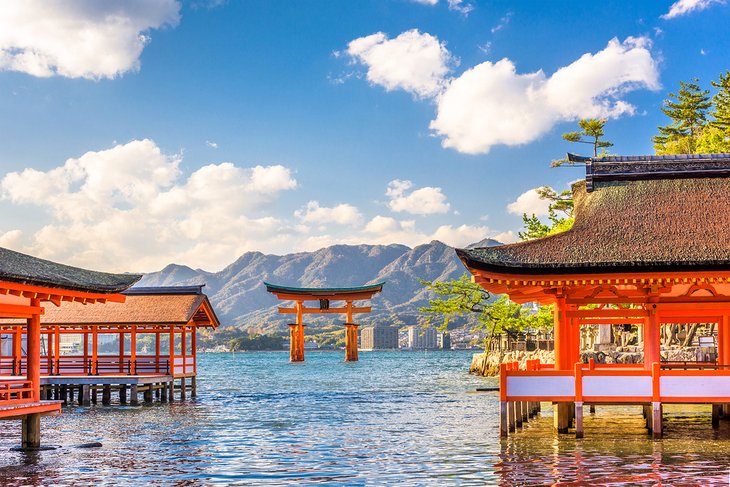
Day 7 Kyoto
After breakfast proceed with a visit to Nijo Castle, an ornamental castle that was originally built to serve as the private villa of a powerful feudal lord. The main building was completed in early 1600s and has since then been known for its Momoyama-style architecture, decorated sliding doors, and “chirping nightingale” floors. Next on the list is the serene Ryoan-ji Temple, which is famous for its well-maintained rock garden and known to be the home of the Myoshinji School of the Rinzai Buddhist sect.Just a short distance from Ryoan-jiis the stunning golden pavilion collectively known as Kinkaku-ji Temple. The temple grounds are relatively smaller than that of most temples and shrines in Kyoto, but what is undoubtedly impressive is the pavilion that is completely covered in handmade gold-leaf.A visit to Kiyomizu-deraTemple follows later in the day. The view from the 13-meter high building is indeed breathtaking and the fact that this veranda was built without using any nails or joiners is quite unbelievable.The tour ends with a stroll along the busy streets of Higashiyama district, a collection of narrow alleyways lined with local stores, souvenir shops, small eateries, and even pottery centers. Later evening dinner and overnight in Kyoto

Day 8 Kyoto -Airport
After breakfast proceed to Penang International airport with a wonderful memories

